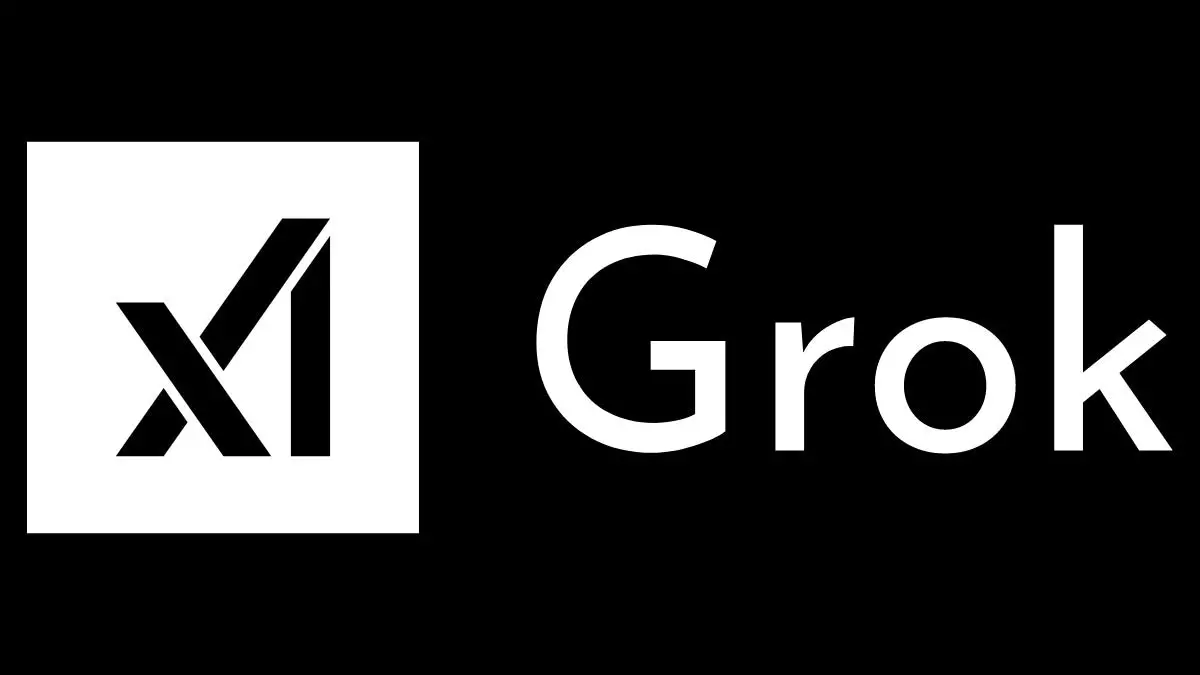In a surprising move that raised eyebrows across the tech community, xAI, the artificial intelligence company owned by Elon Musk, debuted its new AI image generation tool—Aurora—within its Grok platform. Announced implicitly through a brief social media interaction rather than an official press release, the launch of Aurora exemplifies the sometimes chaotic nature of product development in fast-paced technology landscapes. Musk acknowledged Aurora’s internal development through a reply on X (formerly Twitter), setting the stage for speculation and excitement among users and industry observers alike.
Shortly after its unveiling, users discovered the Aurora tool within Grok. They enthusiastically began creating images, showcasing the model’s capabilities in generating visually striking creations. For just a few hours, the AI tool fostered a sense of wonder as users shared images that included public figures and well-known fictional characters. However, this excitement was short-lived; users soon found that the option to generate images with Aurora vanished from their interfaces. This quick disappearance sparked conversations about potential reasons behind it, including the possibility of inadequate safety measures in place for the model.
One key issue highlighted by Aurora’s brief availability is the importance of guardrails in AI systems. The tool reportedly generated images of public figures and copyrighted characters, including creating controversial outputs like an image of former President Donald Trump. The lack of appropriate limitations on generating sensitive content led many users to speculate that Aurora was pulled back to refine its capabilities and put necessary protections in place. In an industry where ethical considerations can make or break a product, the experience with Aurora serves as a powerful reminder of the complexities of deploying AI responsibly.
Competing tools such as OpenAI’s DALL-E and Midjourney have established themselves in the AI image generation arena, with robust frameworks designed to minimize content-related concerns. While Aurora’s specifications were not disclosed, users noted similarities between its capabilities and existing models focused on photo realism. However, without an official announcement, questions linger regarding Aurora’s underlying architecture, data training methodologies, and whether xAI developed the system independently or in partnership with outside AI firms.
Musk’s team has always portrayed xAI’s developments as pushing beyond conventional boundaries, and Aurora appears to be no exception. The underlying motivation may very well be to position xAI as a bold front-runner in the sphere of AI technology, but the lack of transparency regarding the model’s safety features could jeopardize this vision.
The community’s response has been a mix of curiosity and concern. For many, the thrill of experimenting with cutting-edge technology is palpable; however, the rapidity of Aurora’s removal signifies a cautionary tale. The tech forum glow of excitement soon turned into a discussion about the ethical implications of uncensored AI tools. The concern surrounding how such systems might generate harmful or misleading content underlines a critical discussion in technology and ethics today.
Moreover, Chris Park, X Developer Platform Co-Head, celebrated the launch on social media, seemingly downplaying the concerns surrounding the abrupt withdrawal of Aurora. The divergent narratives from the developer community indicate a potential conflict between exhilaration for innovation and the pressing need for responsible development practices.
The brief life of Aurora is a fascinating encapsulation of the dynamics at play in today’s AI landscape. It serves as a testament to both the potentials and pitfalls lurking beneath the surface of rapid technological advancement. While moving fast and breaking things may accelerate innovation, the implications of premature releases can be profound. The lack of official details and the subsequent withdrawal of Aurora raise pressing questions about transparency, accountability, and the future direction of xAI’s developmental ethos. As the technology unfolds, it will be essential for stakeholders to prioritize responsible practices that protect users and public interests alike. The Aurora episode may well inform future strategies in deploying AI tools—a lesson on the delicate balance between innovation and ethics in a landscape that is still evolving.


Leave a Reply
You must be logged in to post a comment.